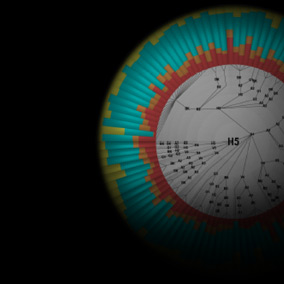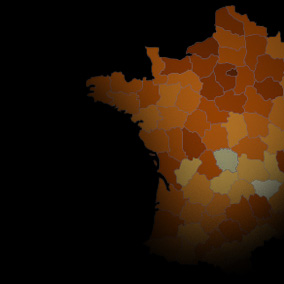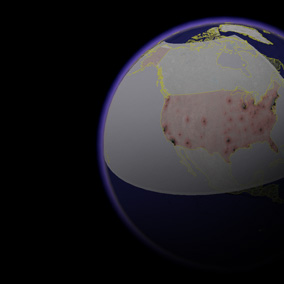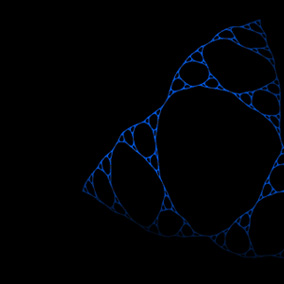Sessions » InfoVis Keynote Speaker
» Visualization in vivo
 Jake Kolojejchick
Jake Kolojejchick
Chief Scientist
Viz, a business of General Dynamics
Abstract
Why aren't visualizations more central in our day-to-day work? At a prior InfoViz, an attendee lamented that visualization hadn't yet reached the mainstream, because there was no significant community of users performing their day-to-day work in a visualization-based interface. What are the characteristics of visualizations and visualization-based interfaces that will bring them to the fore in future systems?
For visualizations to succeed as a primary interface, they must go beyond their conventional role solely as information presentators and become a medium that serves the many demands of workers in information-intensive environments. A visualization that stimulates sense-making should also provide a medium to capture the observations and potential actions that are inspired by a user's greater understanding. Such visualizations can be an ideal tool to explain new-found understanding to others. Visualizations also can create a forum for teams of experts to collaboratively solve problems.
Scalable, distributed architectures enable powerful new collaboration capabilities that take us beyond conventional pixel sharing. But to reap the true benefits of Metcalfe's Law, organizations must develop a new level of collaboration literacy, moving beyond PowerPoint to exploit the full capabilities of shared information. In this talk, I'll relay some experiences with large-scale visualization systems used daily -- sometimes 24/7 -- by hundreds of collaborating users. I'll also talk about challenges we've faced in developing the systems and talk about some of characteristics that affect their success or failure.
Bio
Jake Kolojejchick, chief scientist at Viz (formerly MAYA Viz), now a business of General Dynamics C4 Systems, is an entrepreneur and innovator. Jake and his team have developed a collaborative visualization technology that allows distributed teams with diverse expertise to understand each other's thinking in highly uncertain, information-intensive settings.
Between 2003 and 2005, his quest to see the technology adopted took him to Baghdad with the Army's First Cavalry Division. His team's technology is being used to create effective, natural decision-making environments for problems spanning the spectrum from military command and control to pharmaceutical drug discovery and clinical trials management.
Prior to co-founding MAYA Viz, Jake was a researcher at Carnegie Mellon University. As a member of the SAGE group, he studied automated visualization design throughout the development of the SAGE and Visage systems. Over the years, the team's focus shifted to the information-centric interaction paradigm and visualization as a component of exploratory data analysis and decision support tools.
His research interests include information-centric user interfaces, information visualization and collaboration environments, and artificial intelligence, specifically, learning technology, knowledge representation, and expert systems.







 Week-at-a-Glance
Week-at-a-Glance

